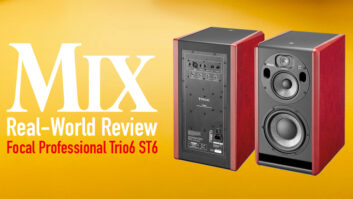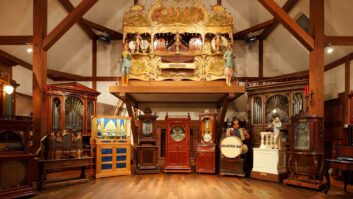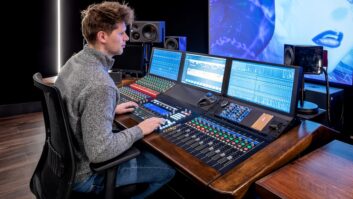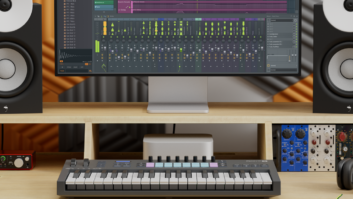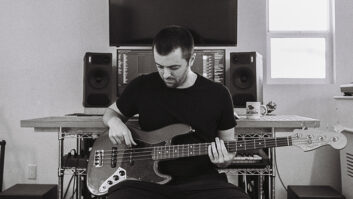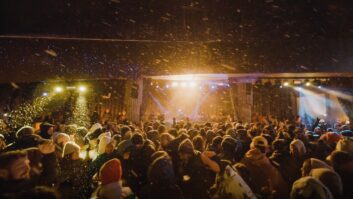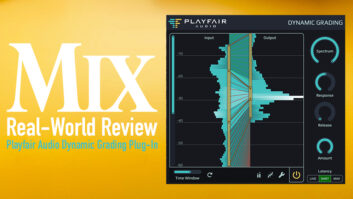
A few weeks back, I spent most of an afternoon with PAR contributor Rob Tavaglione and the staff at Creation Audio Labs as they dug into Rob’s Soundcraft Ghost (page 20), disassembling the chassis and desoldering and replacing components. The process was organized and efficient, and reminded me of some of my own similar experiences.
Before I became a full-time recording studio tech, part of my “audition” with Masterfonics Studio’s Glenn Meadows and Milan Bogdan was an afternoon that encompassed changing out driver diaphragms in the horns of the mains in the Masterfonics Mix Room, then upgrading capacitors in the input circuits of a pair of channels on the room’s SSL 4000E console and evaluating the results. Shortly after diving in full time at Masterfonics, Glenn brought in his former chief engineer, David LaBarre (who also had been a chief engineer at VCA originators, Valley People), to see if it was feasible to upgrade the 4000’s VCAs.
After a lot of experimentation, David reported that the VCA could indeed be improved, but it was his opinion that the changes would be inaudible through the relatively long pathways through the console. No specifications were published for the 4000E, but our measurements found a path from Channel Line In through to the main mix bus had a frequency response down better than -2 dB at 20 kHz. The distortion numbers weren’t bad, but also could be improved upon.
The eventual ambitious plan had us shutting the room down for a couple of weeks of intensive rebuild. We modified the gain structure of the console, hitting all the FET switches less hard and allowing us to operate the ubiquitous 5534 op-amps at other than unity gain so we could eliminate stabilization caps. We dropped in other high-speed op-amps in stages that had to remain at unity, and generally took the nominal 20 kHz bandwidth of each circuit and opened them up to 50 kHz. We beefed up caps in the circuit path and replaced the VCAs with Valley modules. We beefed up the caps on the power supply rails, and lowered the series R in the path, to stiffen the low end. THD+N distortion numbers dropped from the .01x percent range to a nominal .006X percent, the noise floor was lowered, and the long-path frequency response was now only down -0.2 dB at 20 kHz. The result was a 4000E with not only improved specifications, but also improved sonics, which was the whole point of the exercise.
In today’s world of surface-mount components and large-scale integration, such mods are no longer “easy,” but for consoles like Rob’s Ghost, the mods developed by Creation produce similarly desirable results. I think you’ll enjoy reading about his experiences.

